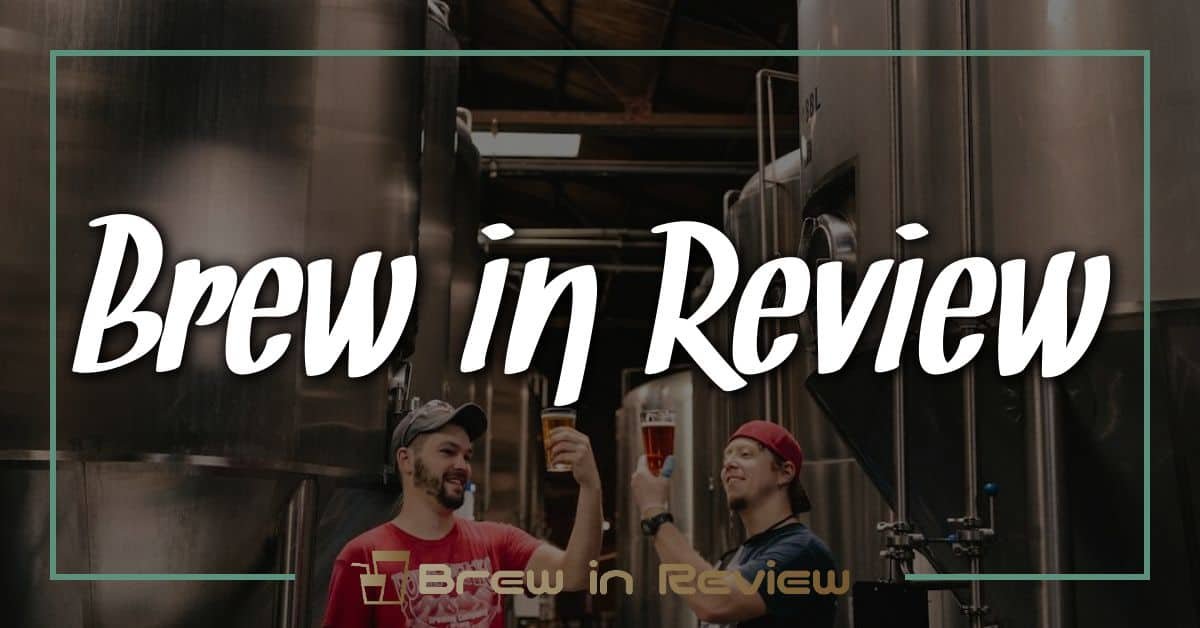There’s something special about a cold beer shared among friends, but have you ever thought about the stories behind that brew? Community beer projects are popping up everywhere, bringing people together to create unique flavors while fostering a sense of belonging. These initiatives not only celebrate local ingredients but also strengthen the bonds within neighborhoods.
What Are Community Beer Projects?
Community beer projects involve collaborative brewing initiatives that unite local brewers, enthusiasts, and residents. These projects focus on creating unique beers by celebrating local ingredients, fostering creativity, and encouraging participation. I find these projects exciting because they promote a sense of belonging while allowing everyone to contribute.
Participants often pool their resources, skills, and knowledge to craft distinctive brews. Each project typically showcases a specific theme or style, drawing inspiration from local culture or events. For instance, a project might highlight seasonal ingredients, like fresh hops or fruit from nearby farms, enhancing the final product’s connection to the community.
Community beer projects also serve as educational opportunities. They often include workshops and tastings, allowing everyone, from novices to seasoned brewers, to learn about the brewing process. By sharing techniques and experiences, participants develop their skills and broaden their understanding of brewing.

These projects can take various forms, such as pop-up events, brewery collaborations, or even homebrew competitions. Each community can tailor its project to suit local interests and preferences, ensuring everyone plays a role in crafting unique flavors that represent their neighborhood.
Importance of Community Beer Projects
Community beer projects play a vital role in connecting people and celebrating local culture through craft brewing. They foster creativity, collaboration, and camaraderie among participants.
Strengthening Local Economies
Community beer projects significantly bolster local economies. They create job opportunities by supporting local breweries, which can increase foot traffic in surrounding businesses. When communities engage with these initiatives, they often discover new local products, driving sales for nearby farms and artisan producers. I’ve seen firsthand how a collaborative project can generate a buzz, drawing locals and visitors alike to shops, bars, and breweries.
Promoting Collaboration Among Breweries
Community beer projects promote collaboration among breweries in unique ways. They provide an avenue for different brewers to share their expertise and techniques, allowing for a blend of styles and flavors. By coming together, we craft beers that highlight the strengths of each participant, resulting in unique offerings that might not emerge in isolated environments. I’ve enjoyed participating in collaborative brews where we share resources and knowledge, ultimately enhancing the craft beer scene within our community.
Types of Community Beer Projects
Community beer projects come in various formats, each offering unique experiences and opportunities to engage with brewing cultures. These projects not only bring people together but also celebrate local ingredients and foster educational exchanges.
Collaboration Brews
Collaboration brews involve multiple breweries working together to craft a distinct beer. I often see local brewers team up, blending their styles and techniques to create something truly special. These projects highlight creativity and encourage experimentation. They can showcase seasonal ingredients from nearby farms, enhancing the connection between brewers and their communities. I find that participating in such collaborations leads to valuable knowledge exchange and strengthens relationships among local brewers.
Beer Festivals and Events
Beer festivals and events serve as vibrant gatherings where communities celebrate their love for craft beer. I enjoy attending these events, where I can sample a variety of local brews, meet fellow enthusiasts, and engage with the brewers behind the creations. These gatherings often include educational components, such as workshops and tastings, allowing attendees to learn about the brewing process firsthand. By showcasing local breweries and homebrewers, festivals encourage a sense of camaraderie and support within the community. Each event I attend reinforces the significance of building connections through shared experiences and passion for brewing.
Case Studies of Successful Community Beer Projects
Community beer projects showcase the collaborative spirit of craft brewing. These initiatives connect local breweries, residents, and enthusiasts, resulting in unique beers that truly reflect the character of a community. Here are two notable examples.
Project A Overview
Project A exemplifies a collaboration among three local breweries in my area. They came together to create a seasonal pale ale featuring locally sourced hops and grains. Each brewery contributed its signature technique, combining to produce a beer that balances citrus notes with a crisp finish. The project engaged the community through a harvesting event, inviting residents to help pick hops. This hands-on experience fostered a deep appreciation for the local brewing process and created lasting bonds among participants. The pale ale became a centerpiece at the annual neighborhood festival, uniting attendees and promoting local pride.
Project B Overview
Project B focuses on a homebrew competition that brings together amateur brewers from various neighborhoods. Participants submit their creations, using ingredients sourced exclusively from local farms. This project not only encourages creativity but educates aspiring brewers about the importance of seasonal ingredients. I’ve enjoyed mentoring newcomers by sharing brewing techniques during the event. Each year, a panel of judges—comprised of local brewers and beer enthusiasts—evaluates the entries, awarding prizes for unique flavors and brewing methods. The project culminates in a community beer festival, where participants can showcase their brews and share stories with fellow lovers of craft beer. This celebration boosts local visibility and supports surrounding businesses by attracting crowds eager to learn about great beer.
Challenges Facing Community Beer Projects
Community beer projects face several challenges that can impact their success. These hurdles often require innovative solutions to maintain engagement and sustain enthusiasm among participants.
Funding and Resources
Funding poses a significant challenge for many community beer projects. Limited financial resources can restrict access to quality ingredients, brewing equipment, and necessary permits. I often see projects struggling to secure sponsors or grants, hindering their ability to scale operations or reach a wider audience. Creative fundraising efforts, such as crowdfunding or organizing beer tastings, can effectively bolster financial support. Additionally, partnering with local businesses for sponsorship can also provide much-needed resources while strengthening community ties.
Community Engagement
Community engagement is crucial for the sustainability of beer projects, yet building and maintaining interest can be complex. I notice that projects sometimes fail to attract diverse participants, resulting in a homogenous group. Implementing inclusive marketing strategies, such as outreach to underrepresented communities, helps draw in new participants while fostering a sense of belonging. Setting up events that cater to various interests—like workshops, tastings, or competitions—boosts involvement. Moreover, encouraging feedback from participants enhances engagement and ensures that projects evolve according to community needs and desires.
Conclusion
Community beer projects are more than just brewing; they’re about connection and creativity. I love how these initiatives bring people together to celebrate local flavors and cultures. Each project has its own unique story and flavor profile that reflects the heart of the community.
As I’ve seen, these collaborations not only enhance the craft beer scene but also strengthen local economies and foster friendships. Whether it’s through a pop-up event or a homebrew competition, there’s something special about sharing a beer that’s been crafted with love and local ingredients.
I can’t wait to see how these projects continue to evolve and inspire more communities to come together over a cold brew. Cheers to the future of community brewing!




